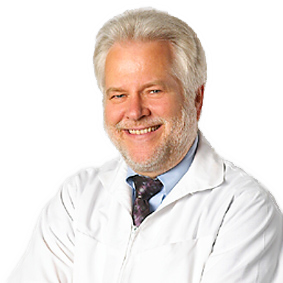Pain is one of the body’s most important signals. It’s the body’s way of saying, “Something is wrong—pay attention.” Unfortunately, modern healthcare too often suppresses pain with medications instead of asking why it is there. By digging deeper, we find that pain is frequently connected to structural misalignments, chronic inflammation, dehydration, and faulty lifestyle choices.
Pain and Structural Misalignments
The body was designed for balance. When the spine or joints shift out of alignment, it creates abnormal stress on muscles, ligaments, and nerves. A vertebra just a few millimeters out of place can irritate nerves, tighten muscles, and trigger pain signals that may radiate into the arms, legs, or head. Left uncorrected, this stress contributes to chronic pain syndromes, reduced mobility, and even secondary conditions such as digestive or circulatory issues. Chiropractic care directly addresses these misalignments, restoring balance to the nervous system and reducing the pain at its source.
Chronic Inflammation and Lifestyle Stress
Pain is also amplified by inflammation. When tissues are chronically inflamed—often due to poor diet, stress, lack of exercise, or exposure to toxins—the pain threshold lowers, and minor issues become major ones. Processed foods high in sugar and refined oils worsen inflammation, while anti-inflammatory nutrients (like omega-3 fatty acids, turmeric, and leafy greens) can dramatically calm it down.
The Role of Hydration
Even dehydration can increase pain sensitivity. Joints and discs require water for lubrication and shock absorption. A dehydrated body stiffens, nerves fire more easily, and pain signals amplify. Simply restoring adequate water intake can reduce joint pain, headaches, and muscle cramping.
Natural Approaches to Pain Relief
- Chiropractic adjustments correct misalignments and restore normal nerve flow.
- Nutritional therapy replenishes missing minerals and vitamins that support tissue repair and reduce inflammation.
- Balanced diet rich in whole foods stabilizes blood sugar, reduces acidity, and provides building blocks for healing.
- Lifestyle habits like stretching, walking, deep breathing, and proper rest help maintain the body’s natural resilience.
The Dangers of Pain Pills
Suppressing pain with medication may seem convenient, but it carries steep costs. According to the CDC, over 100,000 people in the U.S. die each year from drug overdoses, with opioids being the leading cause. Even “milder” over-the-counter painkillers are risky:
- Acetaminophen (Tylenol): The #1 cause of acute liver failure in the U.S. (over 50,000 ER visits annually).
- NSAIDs (ibuprofen, naproxen): Responsible for thousands of hospitalizations yearly due to ulcers, kidney damage, and cardiovascular events.
- Prescription opioids: Not only addictive but proven to lose effectiveness over time, leading to dependency and escalating doses.
Instead of resolving the underlying causes, painkillers create a dangerous cycle of suppression, toxicity, and in too many cases—addiction or death.
Conclusion
Pain is not the enemy. It is the body’s cry for help. Masking it with pills may bring temporary relief, but at the cost of long-term health. The wiser approach is to listen—correct the misalignments, reduce inflammation, hydrate, and nourish the body properly. Chiropractic care, nutritional therapy, and lifestyle changes address the root causes and allow the body to heal itself naturally.

